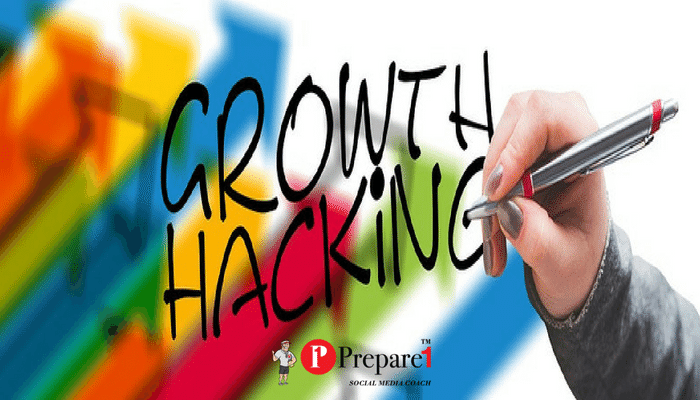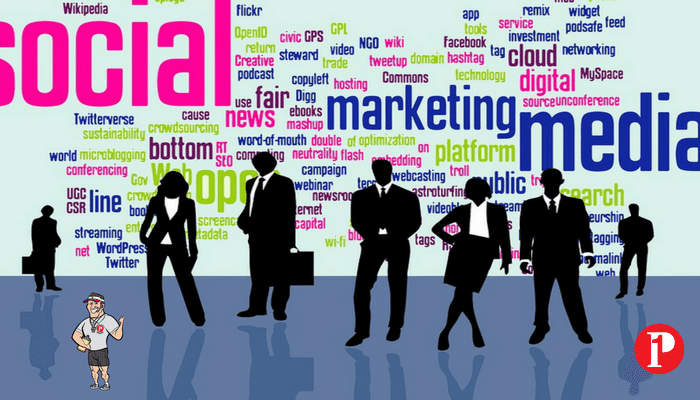
What’s the driving force in business?
What does management value?
In a word…GROWTH
When a company or individual becomes unfocused it loses it’s power.
It’s not the pursuit of growth that causes unfocusing problems. Unfocusing itself seems to be a natural phenomenon that occurs without any conscious effort on the part of the company or individual.
A successful company or individual usually starts out highly focused on an individual product, service, or market. Over time, the company and individual becomes unfocused. It offers too many products and services for too many markets at too many different price levels. It loses its sense of direction.
It doesn’t know where it’s going or why. It’s mission statement loses its meaning.
You’ve probably worked for a company like that. Most people have. At first, everything seems to be going well. The initial product or service turns out to be a big winner. The company has momentum and great expectations. IF your stock is trading it’s taking off like a rocket.
Confucius say: Man who chases two rabbit catches neither.
When you try to be all things to all people, you inevitably wind up in trouble.
NARROW THE FOCUS
This is the most difficult step for a business or individual to take. It’s counterintuitive.
Most managers and entrepreneurs look for ways to expand their product and service offerings. If you want faster growth, you should offer fewer product lines. How can this be?
It seems obvious that if you want faster growth, you should offer more products and services.
What’s obvious and logical is also not true.
The biggest single barrier to the development of an effective corporate strategy is the strongly held belief that a company has to appeal to the entire market. More money has been wasted reaching out to a company’s “noncustomers” than any single endeavor.
In the face of competition, no brand, no company, no corporation can achieve 100 percent of any market.

There are two kinds of customers, and they vary by category.
- Some customers want to buy the same brand as everyone else.
- Other customers want to buy a different brand than everyone else.
How can one brand, one company, one corporation, appeal to everyone? It can’t.
- Loyalist or Insurgent?
- Nationalist or Rebel?
- Defender or Challenger?
- Republican or Democrat?
- Coca-Cola or Pepsi?
All business is a niche business.
The question is, what kind of a niche do you want to own?
- The quality niche?
- The price niche?
- The safety niche?
- The bold niche?
- The home delivery niche?
- The take-out niche?
Since you can’t successfully appeal to everyone, sacrifice is an easy concept to embrace. When you sacrifice you’re not giving up anything at all; what your doing is defining your position. And oftentimes a good way to define a position is by who you are not.
COPING WITH CHANGE
Are things going to change faster going forward or slower? Social Media is constantly changing, new buttons come and go. I’m learning to be more flexible are you?

How will you adapt?
There are five ways most react to change:
- A foot in both camps
- Both feet in the new camp
- Both feet in the old camp
- Both feet in the new camp with a new name
- Two separate camps, tow separate names
So which of the fie is the least effective way of reacting to change?
(Hint: It’s also the most popular way to react to change.)
A Foot in Both Camps
This is the most popular and also the least effective way to react to change. It’s easy to see why the “foot in both camps” approach is so popular. It’s the time-honored way of dealing with change. “We’ll just offer the new technology along with our existing line and let the customer decide.”
Top management often sees variety or choice s a customer benefit.
Xerox was a powerhouse in copiers when they saw a mad rush to computers back in the late 70’s and early 80’s. So they tried to get into the computer business, but with a copier name.
After spending billions of dollars, the company wisely retreated to the copier camp. I was one of five to receive the Xerox 820 computer in my home. That’s where I grew to love technology, but even I as a young kid questioned what company we were becoming. I like my peers became confused about our strategy and identity.
Two separate camps need two separate names.
SOCIAL MEDIA MARKETING
“Any business enterprise has two, and only two, basic functions,” writes Peter Drucker, “marketing and innovation.”
Marketing is the distinguishing, the unique function of business. Any organization where small or large in which marketing is either absent or incidental is not a business and should never be run as if it were one.

Leveraging the power of content and social media marketing can help elevate your audience and customer base in a dramatic way.
Social Media are just tools. They constantly change and innovation will bring about new social media platforms to allow you to broadcast your brand.
What’s your social media strategy?
Develop a strategy
Every house needs a foundation. The same goes for your content marketing. Entrepreneurs creating a blog need to lay out a strategy that focuses on their goals.
As an example, Drift, a messaging app that helps you grow your business, utilizes their blog to create a voice around sales, marketing and customer acquisition. In under eight months, their blog has grown to over 30,000 monthly visitors without a budget, making their company a thought leader in messaging apps.
To develop your strategy, I suggest reading the Grow and Convert blog where Benji Hyam details the Google Suggested Search hack. This basically involves long tail search terms focused around how-to questions, comparisons and questions.
One of the most exciting fields for startups right now is content marketing. This engaging way to spread the word about your business has continued to grow as different forms of content gain popularity.
What do Bill Gates (Microsoft), Sam Walton (Wal-Mart), Michael Eisner (Walt Disney), and Robert Goizueta (Coca Cola) have in common?
You might recognize these men as some of the most celebrated chief executives back in the late 80’s to early 90’s.
They all earned “Marketers of the Year.”
KEYS TO LONG-TERM FOCUS
Focus is Simple
People like things to be simple and not complex.
Since focus has to work in the mind of the customers, it can’t be complicated, high-minded, flowery, obtuse or difficult to understand. It has to be a simple idea, expressed with simple words, and immediately understandable by your customers, your employees and social media.
A good focus will be simple, but recognizing a good focus is not so simple. It takes judgment, which is in incredible short supply in the world today.
Focus in Memorable
You can’t make yourself or you company successful. Only your customers can do that for you. Since a focus has to work in the mind of the customer, it has to be memorable.
If your customers can’t remember what your Stand For, what good does it do to take that stand?
What’s memorable and what’s not? One of the most important ingredients of a memorable idea is uniqueness at the time your first make the claim. What you say about yourself has to be different from what other companies are saying.
A memorable focus also has an element of shock. It you can use an unexpected or negative word, you’re much better off. If James Carville running the Clinton Campaign in the 90’s had said, “It’s the economy,” the media probably would have ignored the message. “It’s the economy, stupid,” got their attention.
Focus is Powerful
The more often a word or concept is repeated, the more powerful it becomes. By establishing a focus for you and your company, you create an environment in which the focus gets repeated over and over again,. In the process, the focus increases it’s power. When shared on Social Media, there’s a chance it can catch fire.
The same thing is true of publicity. When an idea generates a lot of favorable media attention, it carries its own sense of “inevitability.”
When customers expect you to be successful, they act in ways that make you successful.
Notice how the “Hot” product, the “Hot” restaurant, the”Hot” music group cannot seem to fail. It spreads through social media like wildfire. This is what momentum is all about. It is the creation of the belief in the mind of the customer that your company, or brand is going to be a big success.
About Blair

Blair Evan Ball is a Social Media Coach and founder of Prepare1, a company that works with businesses, individuals and non-profits. He is a former executive with a Fortune 50 company, and his national division did $1Billion+ in sales annually.
Blair has written three e-books: Facebook for Business Made Easy, Facebook Pages for Business Made Easy, and WordPress Blog Setup Made Easy.
Blair also educates, trains entrepreneurs and business professionals how to amplify their brand, increase revenues, and raise more funds.
![[Study] How Will Businesses Change Their Social Media Activities 5 Golden Rules for Sharing on Social Media](https://www.prepare1.com/wp-content/uploads/2014/03/COACH-logohat-162x300.jpg) The Race is ON! | PREPARE | Get into the Game and WIN!
The Race is ON! | PREPARE | Get into the Game and WIN!











Comments on this entry are closed.
{ 1 trackback }